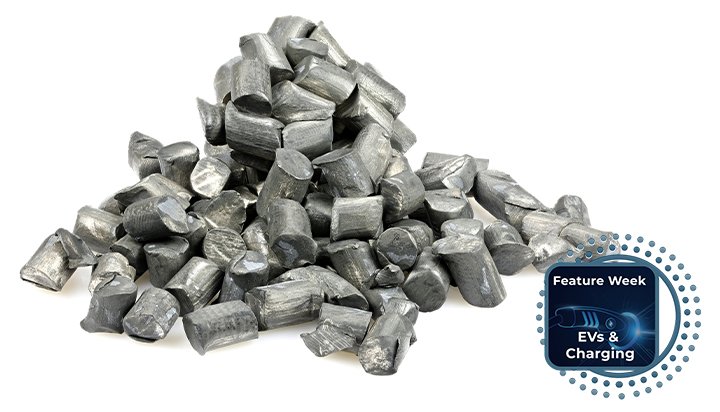
Out of sight out of mind? It seems this way when we consider lithium.
Batteries are everywhere. At work, on the train, in a café. Phones, tablets, and laptops; they power our lives. You’ll likely be reading this article from a device that has a battery.
Over recent years there has been a surge in demand for electric vehicles (EV) and battery powered electronics.
The increase in EVs will reduce tailpipe emissions and create cleaner air. It will reduce the reliance of oil for producing petrol and diesel.
It will increase the demand for electricity, but with the right generation, we will be able to have a low carbon transport network that allows us to travel around, guilt free.
Having millions of batteries on the road will even support the electricity grid with vehicle-to-grid smart technologies. This could help flatten peak demand at the end of the day when people get home and stick the kettle on! Winner.
I travelled to London on the LNER Azuma train. The new electric one. It broke down. The battery stopped working and they had to switch to diesel.
Not an ideal situation, but there is always going to be challenges when making a big change. The shift from combustion to battery technology may have a darker side we don’t consider.
Lithium
Lithium demand has tripled between 2015 and 2020. It is expected to increase by more than 500% by 2030.
Lithium is a reactive alkali trace metal. The reactivity of lithium is one of the reasons why it is suitable for battery technology. It is easy to get electrical current flowing through it and it is very light.
Lithium found in most places in trace amounts. In abundance, lithium is found in the lithium triangle across the salt flats in Argentina, Bolivia, and Chile. It is believed more than 50% of the world’s lithium is found here.
This is where the issues with lithium begin, at the source.
It requires huge amounts of energy and fresh water to extract. Destroying local ecosystems and releasing toxic gases. Extraction can destabilise the water table. It can create unfertile and polluted land.
The use of large amounts of water in semi-arid regions leads to huge consequences for local farmers, villages, and towns. It forces families to relocate and give up their livelihood.
The damage does not stop there. There are challenges with re-using lithium-ion batteries which is certainly favoured over recycling, which should be the last stage a product should reach. Recycling of the millions of batteries we are expected to see in coming years will require innovation at large scale.
We will need 2 billion electric vehicles on the road by 2050 to achieve net zero. Sales reach 6.6m last year, with some manufacturers running out of stock. The lithium we have available simply isn’t going to be there. We won’t have enough to reach the targets we need.
Electrification of transport could be a success story for the environment, but we need to consider how to overcome the challenges that come with it.
Please send me an email or find me on LinkedIn if you have any thoughts on this or any other net zero topic.